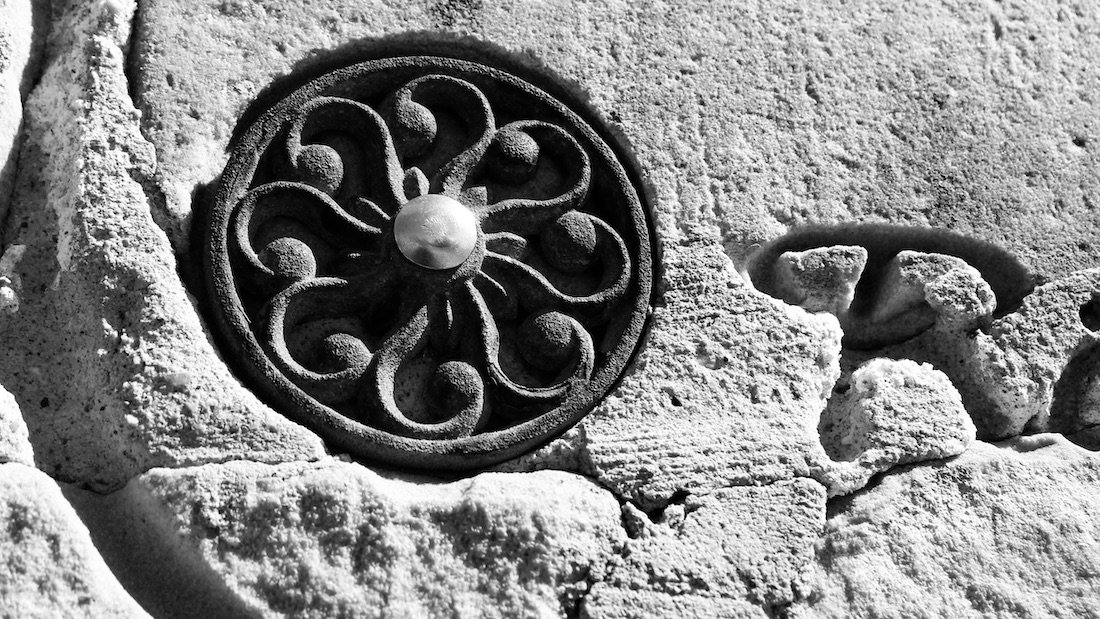Carvings are everywhere in Winnipeg
All over the Forks—tucked near the riverbanks, beside trails, or half-buried in grass—you’ll find carvings. Quiet, weathered, heavy with time. Some are so worn you almost miss them unless you’re looking closely: a shape, a face, a gesture caught in stone. We don’t know who made them, not always. But you can feel the intention—like someone once needed to leave a mark, to speak in rock. In a city shaped by the hands of many—Métis stonemasons, Cree carvers, settler artisans—these pieces are like fragments of conversations still echoing underfoot.
There’s something about Winnipeg that invites this kind of lasting work. Maybe it’s the way the land holds memory, or the way winter forces patience. Stone doesn’t rush. It waits. And in this city, stone tells stories when people forget. Cathedral walls, curling iron fences, carved lintels, or the smooth belly of an old sculpture no one remembers placing—these aren’t just remnants. They’re anchors. You can’t walk a block downtown without something quietly reminding you that someone was here before, with tools, with purpose, with a vision we still live inside of.
At the Forks especially, the carvings feel like offerings. Some are formal, like plaques and monuments. Others are strange and intimate—faces with hollow eyes, symbols whose meaning slipped away. They don’t shout. They hum. They’re part of a long tradition, shaped by frost and time and human hands. And maybe the beauty of them is that they’re still here, still catching light at the right hour, still being stumbled across by kids and artists and wanderers. We don’t always know who made them, but they knew the city. They knew the stone. And the stone remembers.






